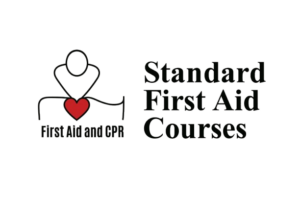Panniculitis is a skin disorder. Generally, it is characterized by development of large bumps or nodules under the skin, usually on the lower legs. They are red or purple and tender to touch. The nodules are caused by the inflammation of layer of fat or pannaculitis adiposus under the skin. It functions in keeping the body warm. In addition, women are more susceptible to this condition which can be seen of the thighs and the lower legs.
This condition causes the skin to feel hard and usually develop red lumps or nodules that causes pain. The nodules look dark in places. It usually affects the calves and shins but can spread to the thighs, chest and the forearms. It usually heals within 6 weeks and disappears like a bruise without resulting to scarring.
Causes of panniculitis
- It can be due to both viral or bacterial infections
- Sarcoidosis is a condition affecting the lungs and skin and turns fatty tissues under the skin into lumps.
- Ulcerative colitis and Crohn’s disease cause inflammatory changes in the fatty tissues under the skin and the inner organs of the body.
Development of nodes on the calf of lower leg, shin, chest, upper arm and the buttock. - Medications such as oral contraceptivs and sulphonamides
- Trauma to the fatty tissue below the skin such as on the chest, buttocks and thigh. Injury can be minor such as injection in buttock or trauma to the chest due to vehicular accidents.
- Cold temperatures
- Disorders of the pancreas
- Pregnancy
- Malignant blood cells in the lymph nodes and inflamed tissue cells or lymphoma.
- Rare genetic disorder known as alpha 1 deficiency. It is an antitrypsin protein produced by the liver needed for lung protection.
Symptoms
- At first, development of nodes on the calf of lower leg, shin, chest, upper arm and the buttock
- Painful nodes
- Skin is very thick like touching a wood
- Skin discoloration
- Depression on the skin as the inflammation starts to subside
- Fever
- Nausea and vomiting
- Fatigue
- Lastly, loss of weight
Treatment
- Take plenty of rest especially the affected area for fast healing of the area.
- Elevate the area above the level of the heart to lessen the swelling and the pain. Raise the affected area in couple of pillows to keep it elevated.
- Take the prescribed non-steroidal anti-inflammatory drugs (NSAIDs) such as ibuprofen or aspirin to reduce the inflammation and relieve the pain.
- Take antibiotics to lessen the infection and pain. Antimalarial medication to lessen the inflammation and potassium iodide to relieve the symptoms.
- Use steroid medications orally or by injection to lessen the pain and inflammation.
- Wear compression stockings to increase the flow of blood in the area, prevent swelling and development of blood clots.
FACT CHECK
https://en.wikipedia.org/wiki/Panniculitis
https://www.healthline.com/health/skin-disorders/panniculitis

